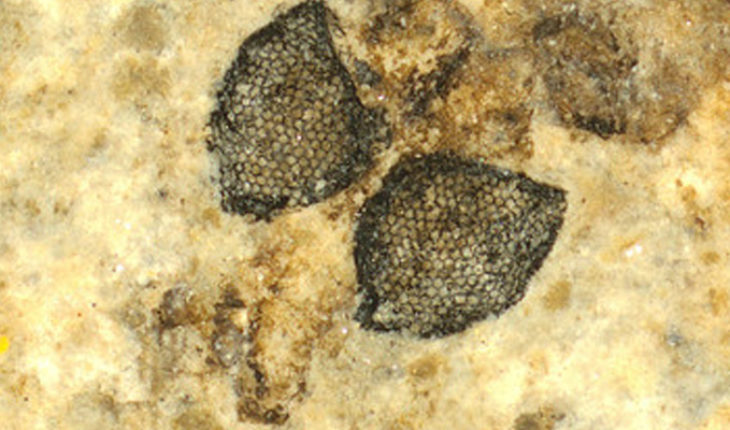Photograph/Johan Lindgren
World.- The discovery of 54-million-year-old fly-eyed fossils has revealed that a pigment, which they have called eumelanin, is involved in the vision of the compound eyes typical of arthropods. This fact assumes that what has been known until now on the vision of the extinct trilobites, the first with this composite structure, must be reassessed.
Compound eyes are found in arthropods, such as insects and crustaceans, and constitute the most common visual organ in the animal kingdom. This type of vision is very effective at capturing movement and its evolutionary history goes back 520 million years.
Eumelanin is a dark pigment used to protect photoreceptor cells from light entering from outside the visual field
Now, research led by Lund University (Sweden) has found the first record of a key pigment for this type of organ, eumelanin. It has been discovered in fossilized compound eyes of crane flies (tipulidae family) from 54 million years ago from Denmark. Details are published in the latest issue of Nature.
“Eumelanin is a dark pigment used to protect photoreceptor cells from light entering from outside the visual field,” Johan Lindgren, a researcher at Lund University and lead author of the paper, told Sinc Johan Lindgren. The scientist points out that it was previously believed that all insects, arachnids, myryatids and crustaceans used for this purpose other types of pigments, onochromes.
During the work, the team studied the composition and anatomy of these fossilized eyes using electron microscopy and mass spectrometry, among other techniques. “We found that the reason these eyes are preserved in the fossil record is precisely because they contain eumelanin,” he clarifies.
Crystalline calcification
Trilobites are one of the first organisms with compound eyes and it is necessary to understand how they work to study the evolution of arthropods.
In addition, fossilized eyes were observed to show signs of calcification in the lens. During this process the cuticle of each lens is replaced by a single calcium carbonate crystal.
Previous studies had suggested that this calcification could occur in life, but the research team believes that this would affect vision and that, on the contrary, it would be involved in the preservation of the fossil. “This appears to be identical to what happens in trilobites, a well-known group of extinct marine arthropods. Contrary to what was believed, they also had lenses made of biological materials instead of calcite,” he adds.
In this way, the study shows that it is necessary to re-evaluate what is known about the compound eyes of trilobites. “These living beings are one of the first organisms with compound eyes and it is necessary to understand how they work to study the evolution of arthropods,” concludes the researcher.
Source: SNCI
translated from Spanish: Fossilized fly eyes show a key pigment in compound vision
August 14, 2019 |





